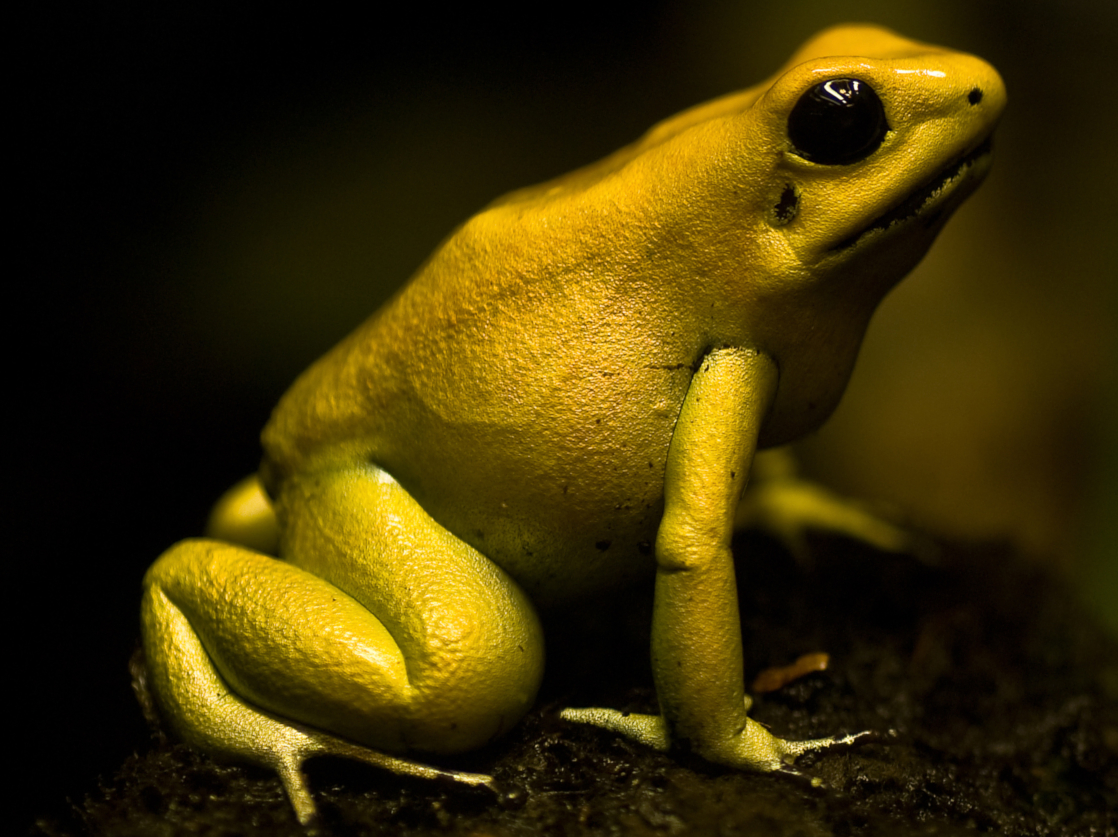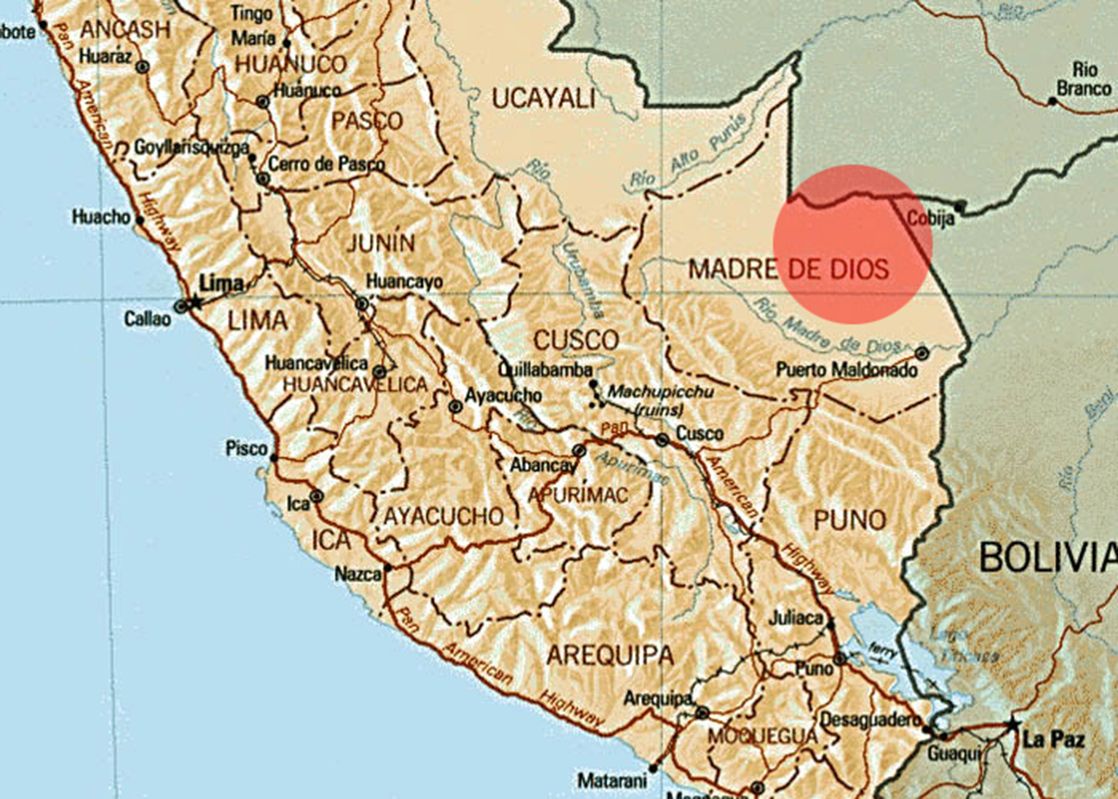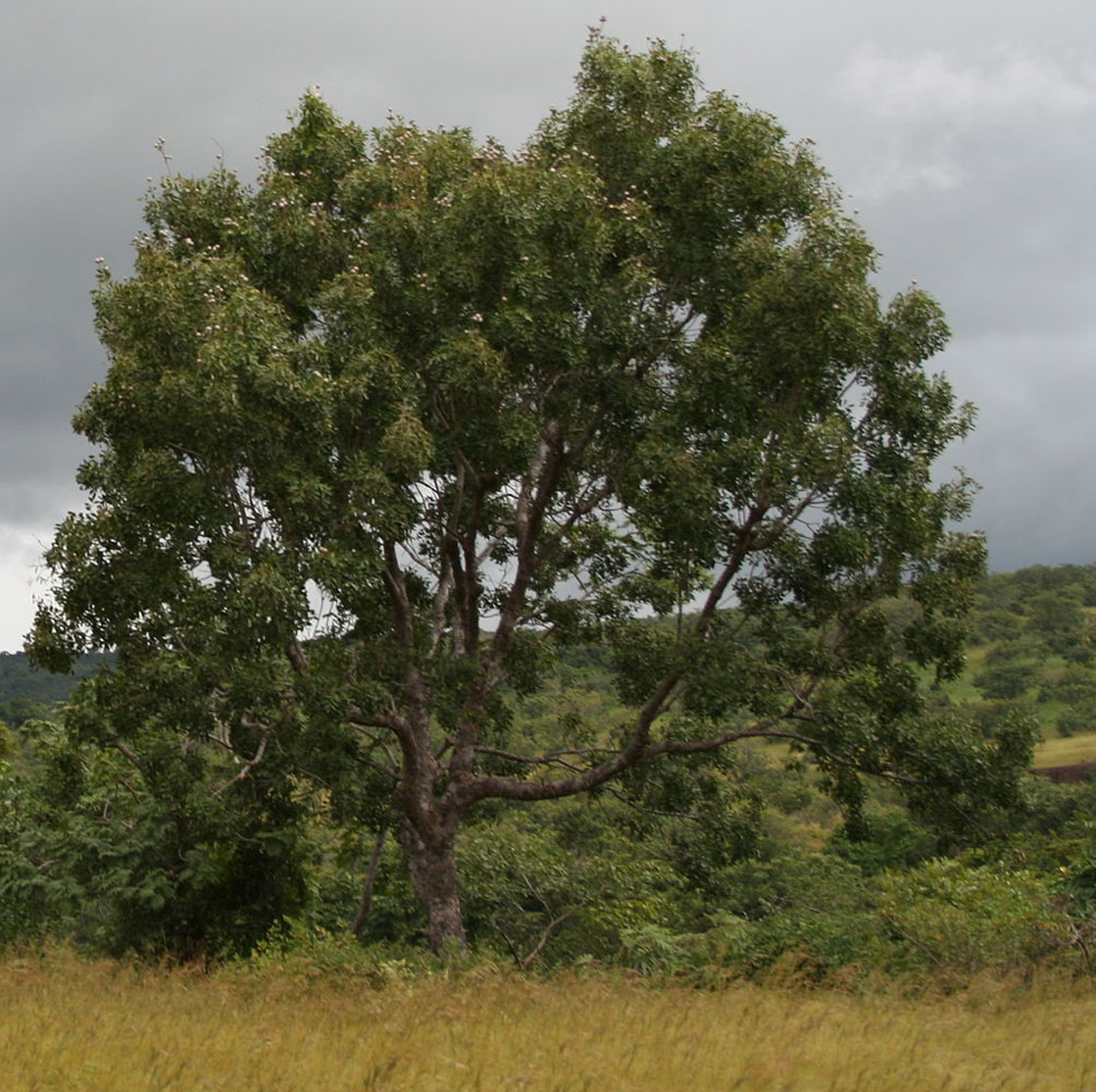Being built right now.
 Introduction:
Introduction:
Sometimes I make up a silly story to go with the theme I construct an instrument on, as I do not have actual "models". Here is the story for this guitar I call "Mango Tango", you may like the story:
El Tango de la Muerte!
Somewhere in Lima Peru around 1965 a newly married couple, Maria and Carlos Gonzales go dancing every Friday night at the "El Gato Negro" (The Black Cat) club, as they have been for most of their adult life. It is where they first met, and where they celebrate their birthdays and what not. They are both avid dancers, and spend many a night dancing until their feet no longer can carry them. And when the bar tender Pedro mixes them up a pair of mango margaritas, it is time for the tango. Up until now, they are madly in love
One night during their visit to the club, "Anita Wharez" a tall slender dark haired woman walks into the El Gato Negro, and all the men are taken a breath by here stunning beauty, even Carlos can not keep his eyes off of her. Only a few days later Carlos runs into Anita Wharez at a restaurant, while delivering the knives he had sharpened for them. As it turns out, she works their as the new pastry chef. Even though he should know better, he uses the opportunity to get to know her better, and it leads to an affair.
In the weeks to come he does what most men committing adultery do, and makes all kind's of excuses for his not being home when he should, except for Friday nights, he knows better than to mess with that. Maria notices some things that give Carlos's escapades away, as every good wife should, and she decides to do a little spying to find out just what exactly, he is up to. One evening while following him after work, he makes his way to the other big dance club in town "Pies Calientes Rojos" (Red Hot Feet), and goes straight to the bar where Anita Wharez is waiting. Maria observes everything by looking through one of the small diamond shaped windows from outside of the club, and what she sees next is just to much: They dance! Overcome by emotions Maria runs home, dodging people and cars in a mad rage.
Livid, Maria puts her diabolical plan in motion, a few phone calls later she has a good idea of what she has to do, and she prepares herself to be ready by Friday for dance night. The next morning she boards a bus to a remote village up the Nueva Toledo river, the village that rarely sees anyone from the civilized world, where she visits the shaman.
On Friday, as always Maria greets Carlos as he comes home from work, eats dinner with him and they get ready to go dancing. They head out to El Gato Negro, and as usual Pedro has reserved their favorite table, seats them and says "Tonight the band is hot, the night is cool and the drinks are flowing. You will dance?" Maria replies: "Until we drop dead, no?", looking at Carlos for approval. Carlos replies "Yes, until we drop my dear."
Maria and Carlos dance to almost all of the rumbas, cha-cha's, sambas and even a morenada. It is almost midnight when Pedro shows up at the table with two of his famous mango margaritas and says "Tango in ten minutes". Maria and Carlos toast to it and take a sip, maria waits for a chance to slip a few drops of tree frog venom she traded the Shaman her gold bracelet for, into Carlos's drink, and she gets it when one of Carlos's work colleagues happens by and distracts him. Less than a minute goes by and the band leader announces the tango and asks if anyone has any requests, and Maria calls out "Make it something furious!". The band leader nods and whispers some instructions to the other band members, turns back to the audience as Maria and Carlos drink up and announces "El tango de la muerte". Maria and Carlos hit the dance floor, and get into position.
The band starts playing in a medium tempo, and the couple responds with some typical tango steps. As the music changes in steps to a faster tempo the notes become more complex, and the dance steps grow more and more difficult. Unlike on other occasions, Carlos starts having difficulties with his movements, his limbs seam to stiffen up as he tries to go through the motions. The tempo increases and the notes grow dissonant, his head starts pounding as he loses the ability to comply with the music. As the trumpet player goes into a solo, Carlos contorts into a mangled and twisted mass, as he drops to the floor and breathes his last breath. The audience claps and cheer to this new and unexpected move, in anticipation of him jumping back up to continue. He does not, and Maria plays the part of the confused and distressed one, and cries for help, as Carlos lies on the floor in a knot.
That night El Gato Negro closed early, and maria had to be brought home by friends, who consoled her. A few days later the coroner, a relative of one of Maria's closest friends, released his report stating: Heart failure due to defective aorta.
And so the story ends, and the guitar begins:

Looking at this picture, you may have noticed that the headstock is different than the one in the page header. I redesigned it because I didn't have a long enough piece of mango for the overlay of my first design, but looking at it, I am glad I did. I am toying with the idea of inlaying one of those cute little venomous tree frogs (Phyllobates terribilis) in it.

 The Materials:
The Materials:
The top, head stock face and accents of this guitar will feature wood from the mango tree (Mangifera indica). Unlike like the mango found in the southern parts of north America, this tropical variety boasts an unusual and attractive appearance. The figure of my stock consists of several anomalies including moderate curl, swirl, and spalting. It's highly varied grain makes it a very decorative wood, but also a little harder to work with.
The source of this wood is documented: It comes from a community of the remote Madre De Dios regon in south eastern Peru, deep in the Amazon basin not far from the borders of both Brazil and Bolivia, where there are few roads. The village the tree came from is only reachable by boat or helicopter. The fellow who exported it teaches the locals sustainable farming, and responsible foresting, like using better alternatives to the more rare species they felled without concern in the past. This mango wood came from one of a few trees felled to make room for agricultural fields, a little further away from the village as planned, but the location was chosen in order to preserve more rare botanical species.

The body and neck are made of khaya (Khaya Ivorensis) a wood species of the Khaya genus, so not a true Mahogany (Swietenia genus), but as many woods are it is sold as such. You will find khaya sold as "African Mahogany", and it does come from African tropical and subtropical regions, but calling it mahogany should not be necessary, as it is not all that different, and not in danger of over harvesting. It is nearly identical in appearance to genuine Honduran mahogany, but is lighter in color, as well as in weight, which is beneficial to the players back. It is still plenty dense and stiff, and well suited for guitar construction. Here is a picture of a khaya tree:

The fingerboard is high grade African Ebony, and is left in its natural color, not dyed. Part of it's grading comes from its near black color throughout, but that has absolutely nothing to do with its physical properties. Ebony with brown and even white streaks of color is not inferior in that regard, and you will be seeing more of it in the near future, although most of it will be dyed by OEM's to satisfy dimwits who think pure black ebony is superior. This uniform in color ebony is from old stock that has been stored for a long time. Ebony will also be used for other parts of the instrument, like a pick guard, truss rod cover and other accents.
Well then, on to the build. (Next page)